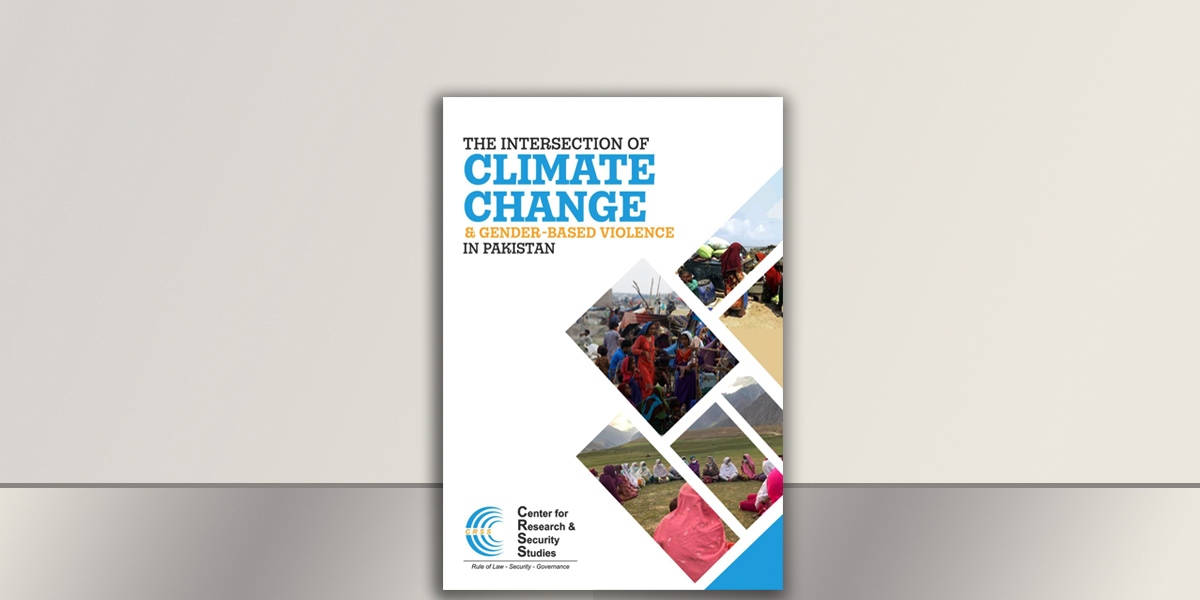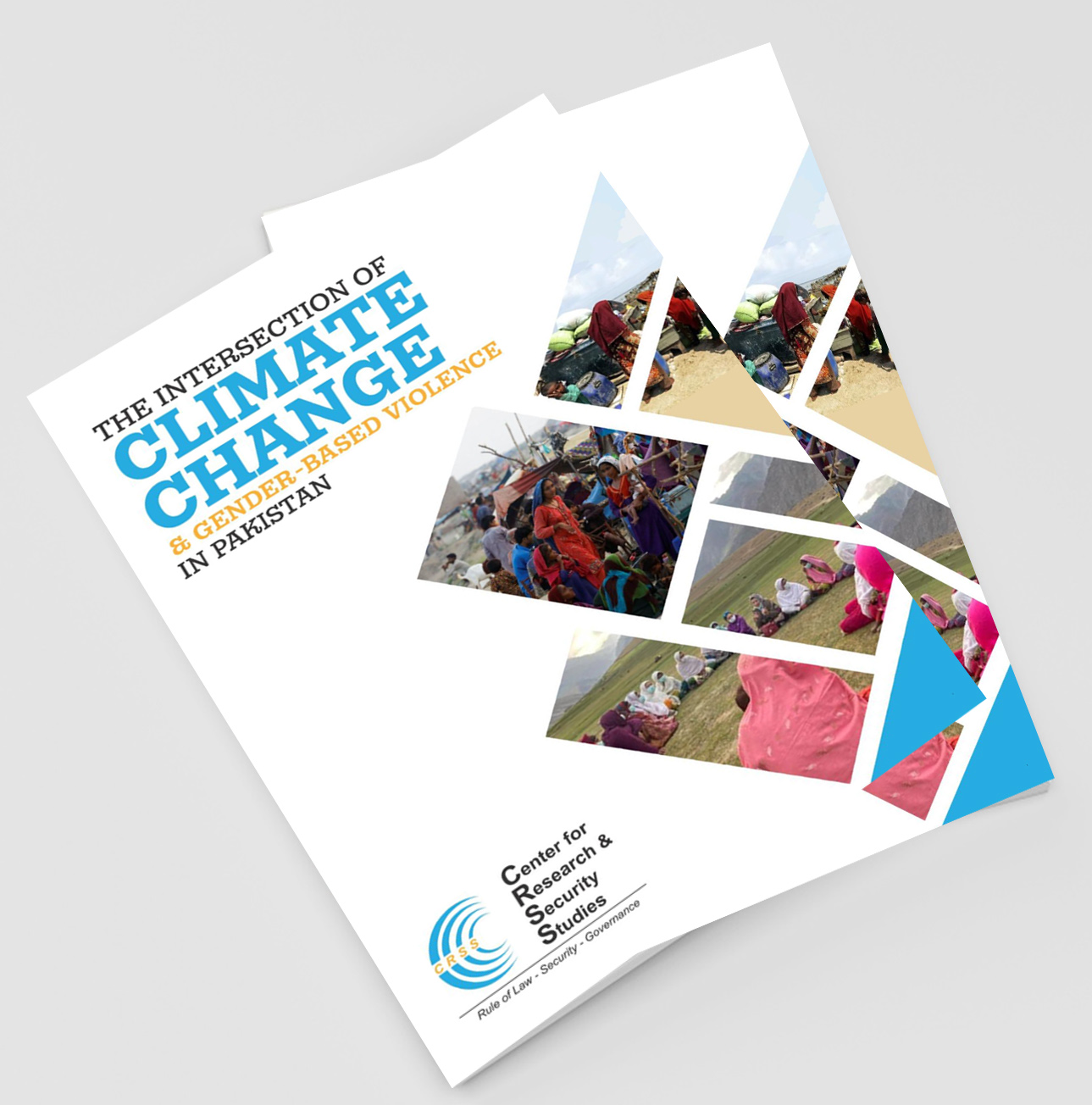PREFACE
The impact of climate change on women and the subsequent increase in gender-based violence (GBV) in Pakistan remains largely under-discussed. While climate change affects every aspect of human existence globally—health, economy, and society, women and girls in developing nations are disproportionately impacted due to their limited ability to adapt, particularly in terms of safety and security in Pakistan, and bear the brunt of climate-induced hardships. As environmental changes disrupt traditional livelihoods, women often take on increased burdens such as fetching water and fuel from greater distances, exposing them to higher risks of violence and exploitation. Pakistan ranked as the 5th most vulnerable country to climate change according to the Global Climate Risk Index, exemplifies this issue.
Moreover, women in developing countries like Pakistan are especially susceptible to the impacts of climate disasters due to entrenched gender inequities that shape their societal norms. The 2022 World Economic Forum’s Global Gender Gap Index ranked Pakistan as the second worst globally in terms of gender parity. This ranking reflects the challenges women in Pakistan face, including limited economic empowerment and scarce representation in leadership roles. In this context, natural disasters such as floods aggravate existing gender inequalities, compounding the hardships faced by millions of women and young girls. These women and girls are already struggling for their rights to adequate education, healthcare, and economic opportunities within a predominantly male-dominated society.1 Maternal mortality figures show that one out of every 89 Pakistani women will die of maternal causes and that complications of childbirth still account for one-fifth of deaths among women of childbearing age. 2
Over the past several decades, Pakistan has experienced an escalating pattern of extreme weather, including severe floods, droughts, and glacial melts. These extreme weathers have affected the entire country but have unduly affected the vulnerable segments including women. According to the National Disaster Management Authority (NDMA), the 2010 floods affected over 20 million people, among which 500,000 were pregnant women. Their vulnerability was further intensified by malnutrition, trauma, and fatigue due to long journeys to safer areas or camps. 3Consequently, the floods highlighted the situation of women living in rural and underprivileged areas of Pakistan, some of whom had never been to a doctor before.


